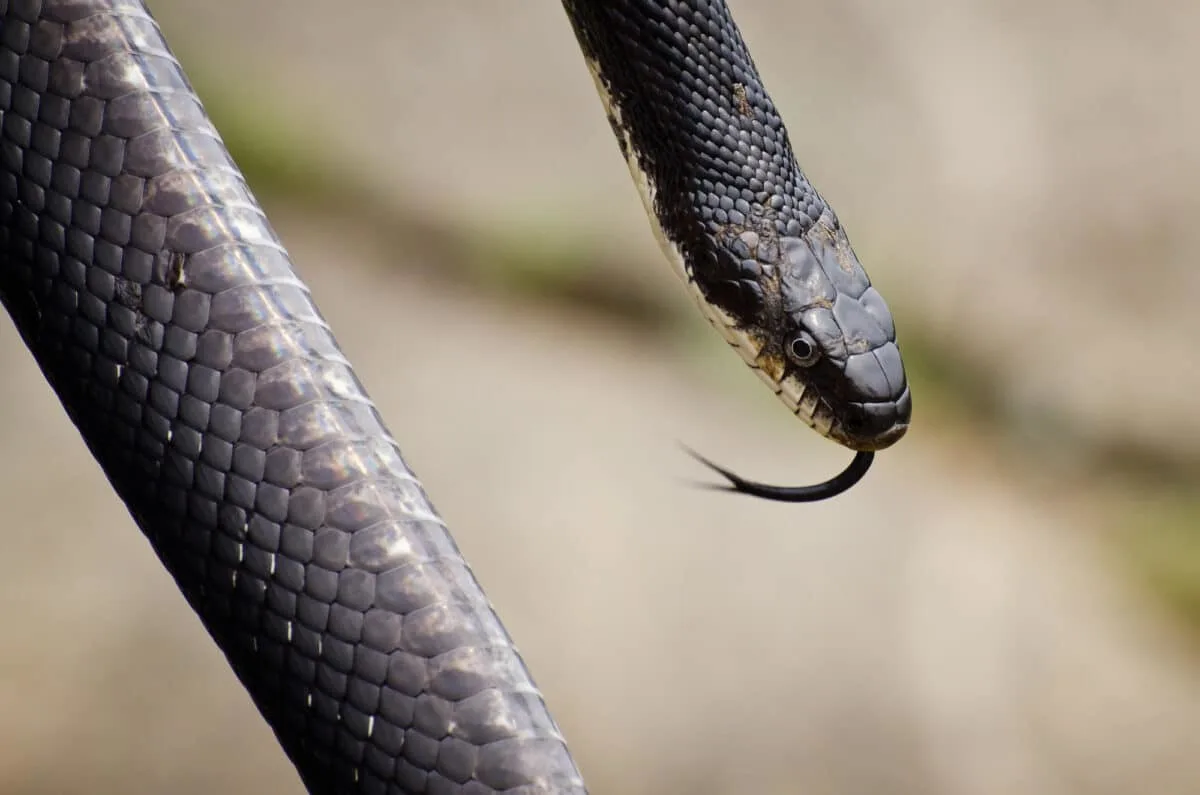Discover the exciting facts surrounding the Rat Snake bite!
Rat snakes, the friendly inhabitants of numerous regions worldwide, are harmless serpents. They boast sleek bodies, striking patterns, and exceptional tree-climbing skills. However, caution is advised as they can occasionally become a menace if they sense danger or are provoked.
Although their bites typically result in minor injuries, being well-informed on handling such encounters is crucial.
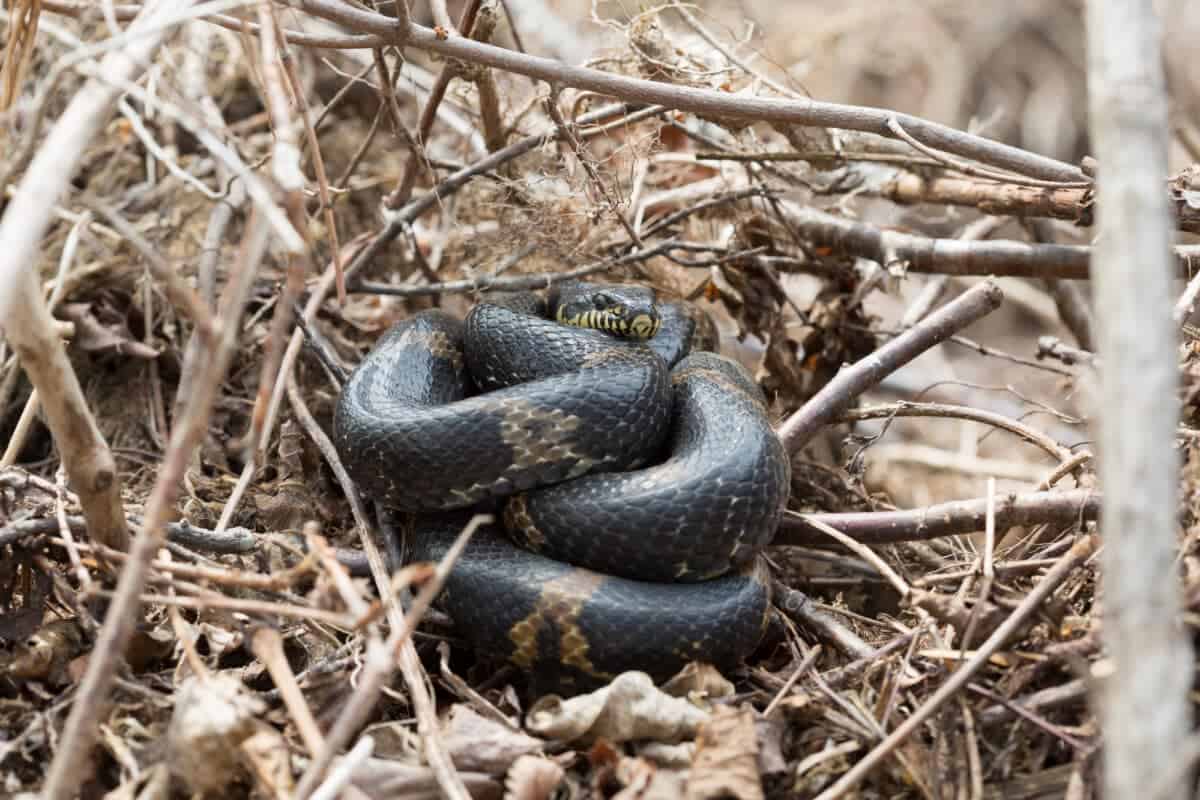
Want to jump ahead? Click below
Getting To Know The Rat Snakes
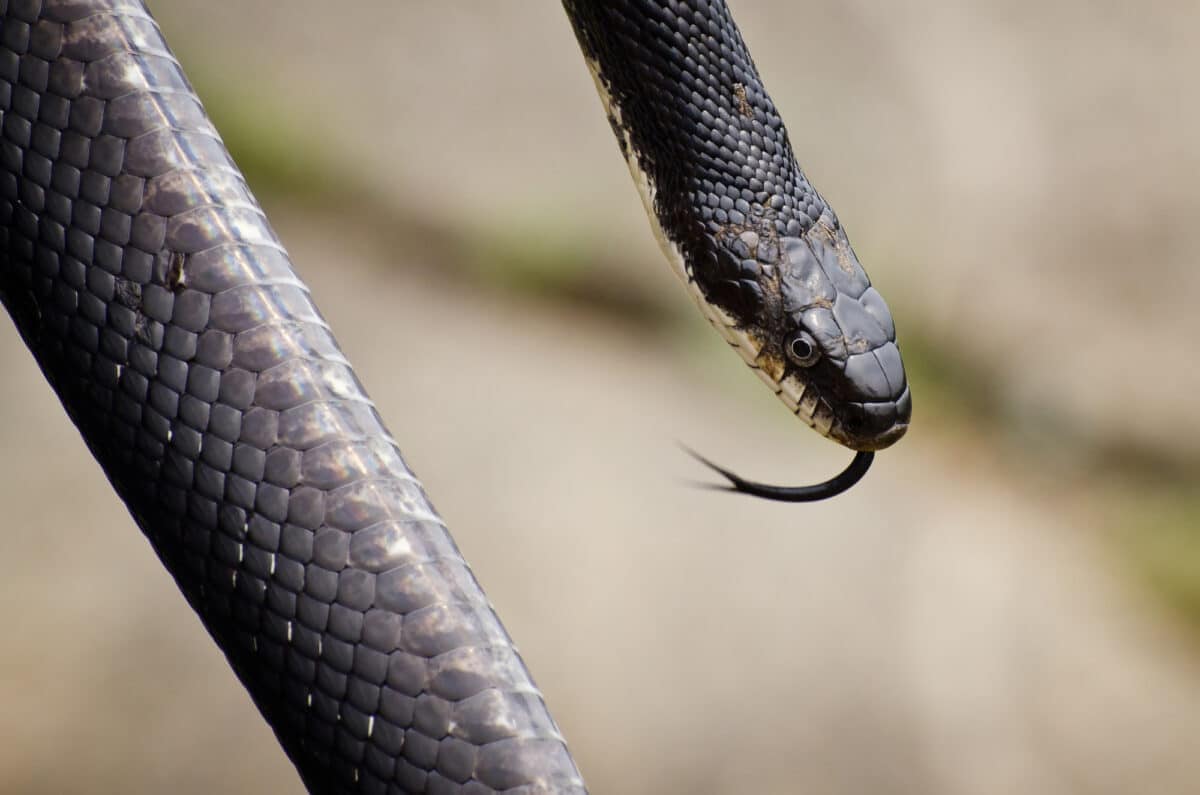
Rat snakes are quite fashionable reptiles, sporting trendy bands, and patterns in various colors. Their wardrobe includes earthy browns, greens, grays, and black.
They have a slim figure, stretching out to a length of 6-8 feet. Their scales come in two different textures: smooth or keeled. When it comes to talent, rat snakes have got some impressive skills. They’re expert climbers, effortlessly scaling trees like seasoned acrobats.
These snakes can gracefully glide through the water with the greatest ease. Their flexible bodies and mighty muscles give them the power to navigate any environment with finesse. Plus, thanks to the cool patterns on their scales, they can easily blend in and remain hidden from hungry predators.
Regarding appearances, male and female rat snakes may look similar at first glance. Here’s an interesting tidbit: the ladies in this species usually outsize the males. When it comes to starting a family, rat snakes prefer to lay eggs rather than give birth to live young. They’re what you call “oviparous” creatures.
Rat Snake Bites: Symptoms And Signs
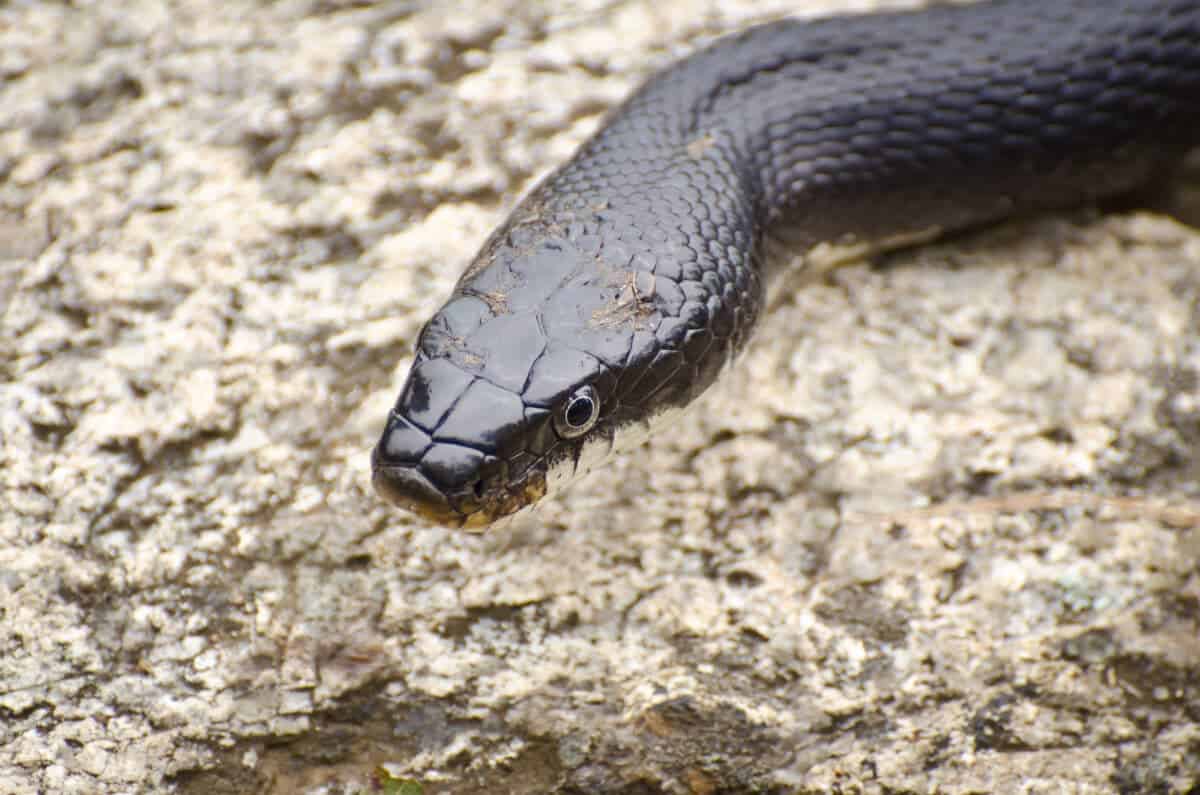
Rat snake bites rarely harm humans and often result in minor injuries. However, it’s important to know the symptoms and signs that may accompany a rat snake bite to seek medical attention and promptly prevent potential complications.
Pain And Swelling
One of the most common symptoms of a rat snake bite is pain and swelling at the site of the bite. It occurs as the snake’s teeth penetrate the skin and tissue, resulting in a puncture wound that can cause inflammation and discomfort. The pain can range from mild to severe, depending on the snake’s size and the bite’s depth.
Bleeding And Bruising
Rat snake bites may also cause bleeding and bruising, as the snake’s teeth can damage blood vessels and tissue. Bleeding is usually minimal and can be stopped by applying pressure to the wound. Bruising may occur around the bite site and can last for several days.
Nausea And Vomiting
In some cases, rat snake bites may cause nausea and vomiting. It can occur due to the body’s natural response to the venom, anxiety, or fear. If these symptoms persist or worsen, medical attention should be sought immediately.
Dizziness And Confusion
Rarely, rat snake bites may cause dizziness and confusion. It may be due to a drop in blood pressure or the effects of the venom on the nervous system. If these symptoms occur, seek medical attention right away is important.
Fatigue And Weakness
Fatigue and weakness may also be experienced following a rat snake bite. It can occur due to the body’s natural response to the venom or from the stress of the situation. Rest and hydration are important for recovery.
Other Possible Symptoms
Rat snake bite include headache, itching, and numbness or tingling around the bite site. If any of these symptoms persist or worsen, seek medical attention immediately.
Rat Snake Bites: Treatment
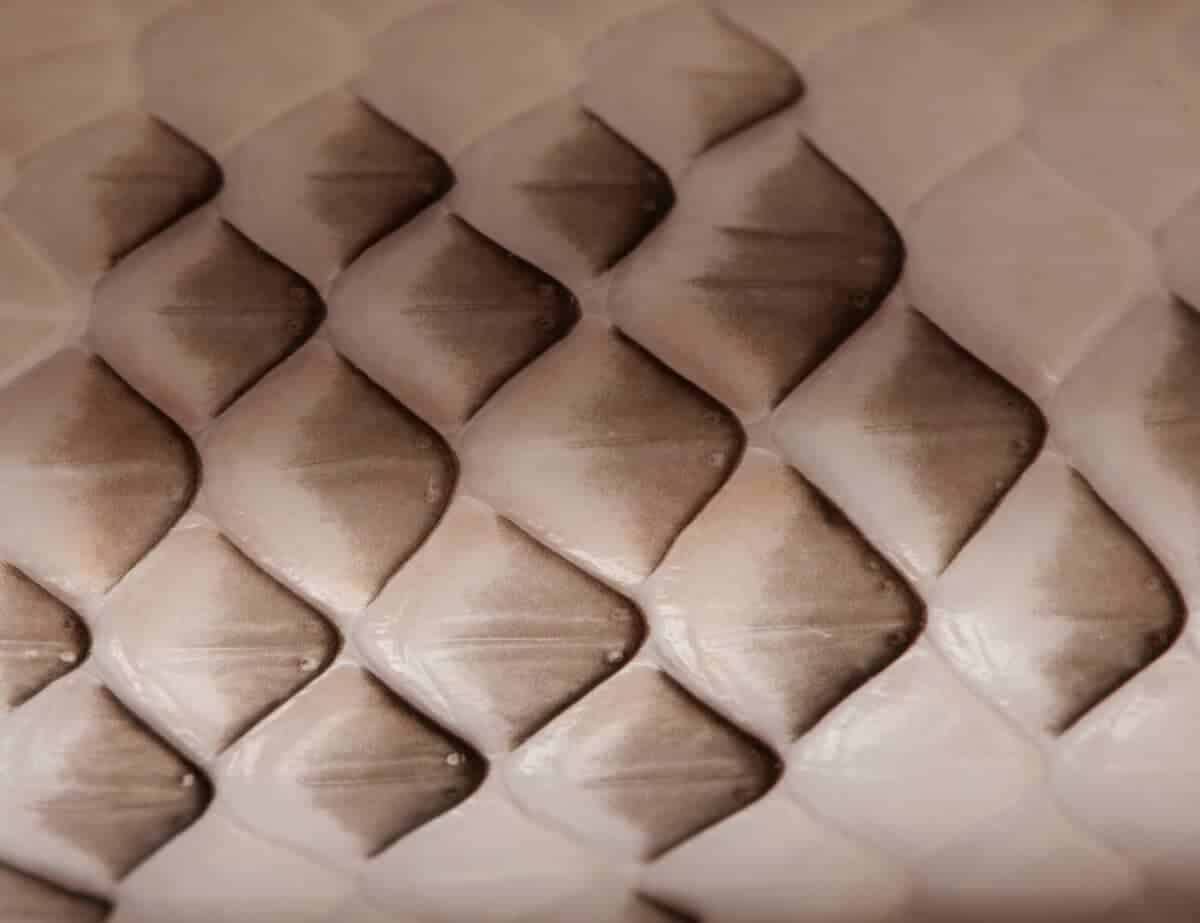
Rat snakes are non-venomous snakes but can still bite when threatened or provoked. While these bites may cause minor injuries, it is important to be aware of proper treatment measures to prevent further complications. Here is a breakdown of the different treatment options for rat snake bites:
- First Aid Procedures
The first thing to do after being bitten by a rat snake is to stabilize the bite victim. It involves keeping the person calm and still to prevent the spread of venom (if any). The bite area should be elevated slightly above heart level, and moving the affected limb should be avoided as much as possible.
Once the victim is stable, the wound must be cleaned with soap and water or a disinfectant to prevent infection. The bite site can also be flushed with cool water to help reduce swelling and pain.
- Medical Treatments
While rat snake bites are not typically fatal, medical attention may still be necessary. If the bite is severe and shows venom symptoms (such as swelling and pain), an anti-venom may be administered to neutralize the venomous effects. Pain medications may also alleviate the discomfort, and antibiotics may be prescribed if there are signs of infection.
- Home Remedies To Reduce Symptoms
After receiving medical treatment, home remedies may alleviate snake bite symptoms. Applying a cold compress to the affected area or taking over-the-counter pain relievers can help to reduce inflammation and discomfort. It is important to keep the wound site clean and monitor any signs of infection (such as redness and discharge).
Learn more about the Venomous Snake Bites: Symptoms & First Aid.
Rat Snake Bites: Prevention
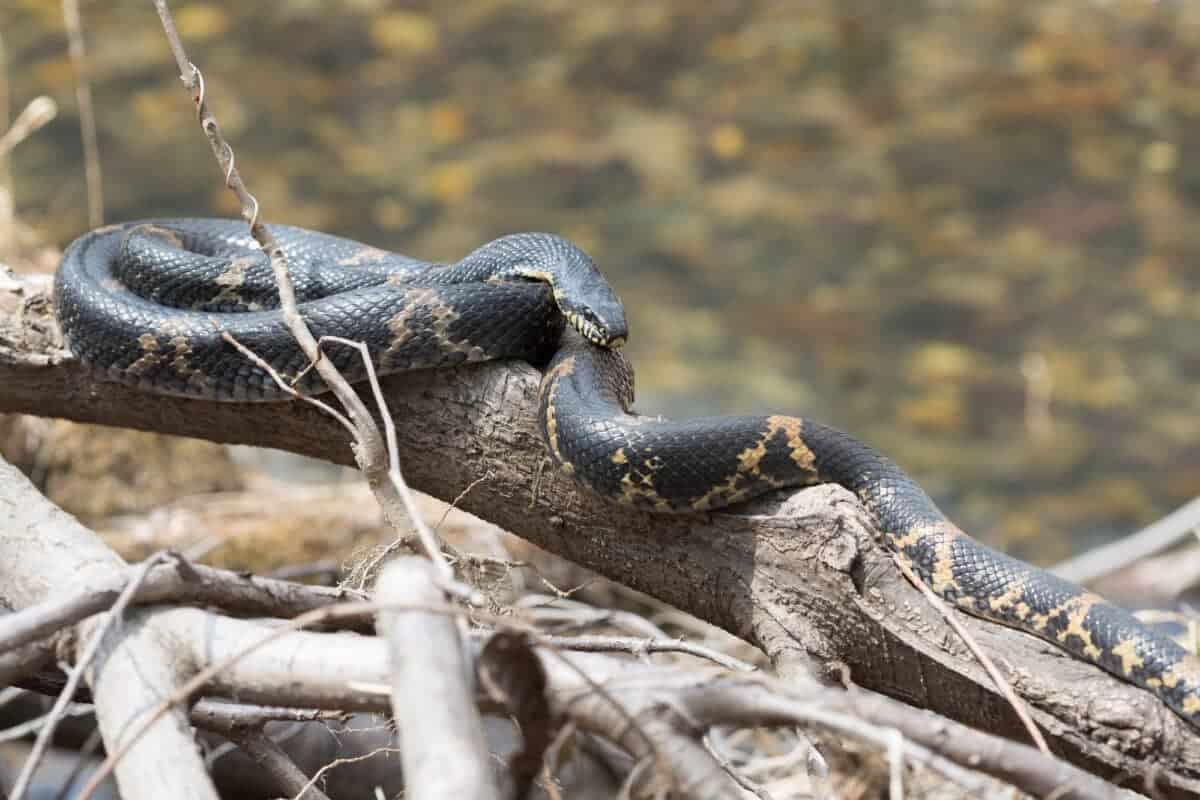
Rat snakes are a common non-venomous snake in many parts of the world. Although they are generally harmless to humans, they can become aggressive and bite when threatened or provoked. There are several precautions that you can take to prevent rat snake bites.
Avoidance Of Rat Snake Habitats
One of the best ways to avoid rat snake bites is to avoid areas where they are commonly found. Rat snakes are typically found in wooded areas, fields, and near bodies of water. If you are hiking or camping in a place where rat snakes are prevalent, keeping a safe distance and being aware of your surroundings is important. If you encounter a rat snake, give it space and do not try to handle it.
Rat Snake Awareness And Education
Another effective way to prevent rat snake bites is to increase your knowledge and understanding of these creatures. You can better avoid dangerous encounters by learning more about rat snake behavior, habitats, and warning signs. Understanding the difference between rats and venomous snakes is also important, as it can help you make informed decisions when encountering a snake.
Rat Snake Handling Tips For Snake Enthusiasts
Knowing how to do so safely and responsibly is essential for those who enjoy handling snakes. When holding a rat snake, it is important to approach it slowly and calmly and to keep your hands away from its head.
It is also important to support the snake’s body and avoid sudden movements that could startle or provoke it. If you are unsure how to handle a rat snake safely, it is best to leave it alone and seek assistance from a professional.
Key Points
| Rat snakes are quite fashionable reptiles, sporting trendy bands and patterns in various colors. Their wardrobe includes earthy browns, greens, grays, and black. |
| One of the most common symptoms of a rat snake bite is pain and swelling at the site of the bite. It occurs as the snake’s teeth penetrate the skin and tissue, resulting in a puncture wound that can cause inflammation and discomfort. |
| Fatigue and weakness may also be experienced following a rat snake bite. It can occur due to the body’s natural response to the venom or from the stress of the situation. Rest and hydration are important for recovery. |
| One of the best ways to avoid rat snake bites is to avoid areas where they are commonly found. Rat snakes are typically found in wooded areas, fields, and near bodies of water. |
| It is also important to support the snake’s body and avoid sudden movements that could startle or provoke it. If you are unsure how to handle a rat snake safely, it is best to leave it alone and seek assistance from a professional. |
Wrapping Up with the Rat Snake Bite
Rat snake bites are not venomous and rarely cause serious harm to humans. However, if you encounter a rat snake and feel threatened, it is important to remain calm and avoid sudden movements. They are an important part of the ecosystem and are crucial in controlling rodent populations. If you get bitten, seek medical attention immediately to treat the wound properly.
Thanks for following along with me! I hope you enjoyed reading about these two entertaining animals. Next are Western Hognose Snake Bite, Discover Timber Rattlesnake Bite and Palm Pit Viper Bite.
Join our Forum for free today!

- Beachgoers Save Massive Shark Stranded In Florida - July 22, 2024
- Pit Bull Rescued From Being Chained Its Whole Life Gets A Surprise - July 21, 2024
- Dog With Zoomies Takes Flight Into Barley Field - July 21, 2024

